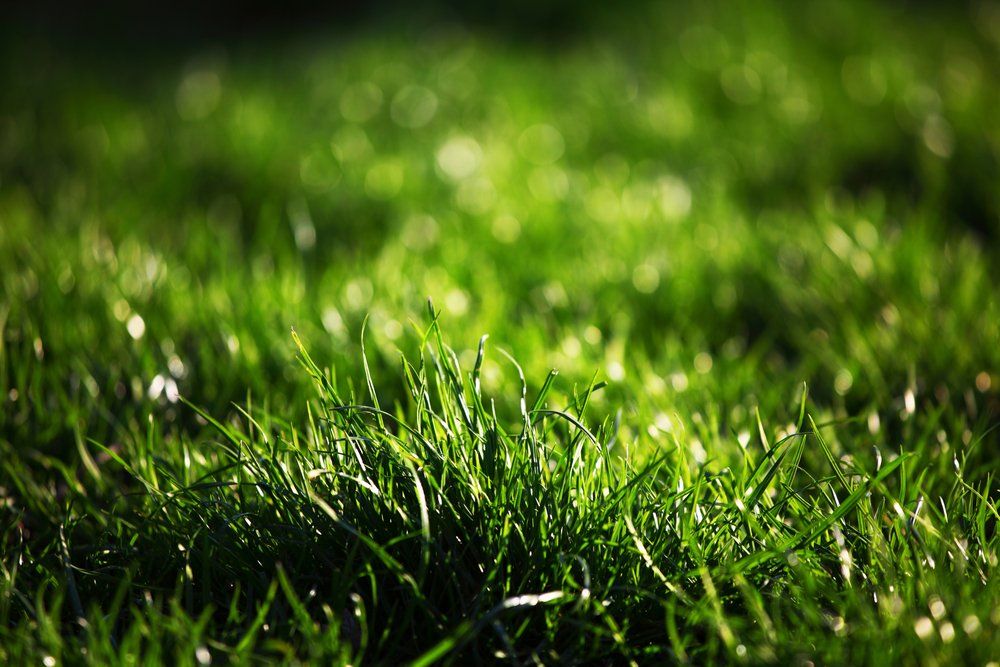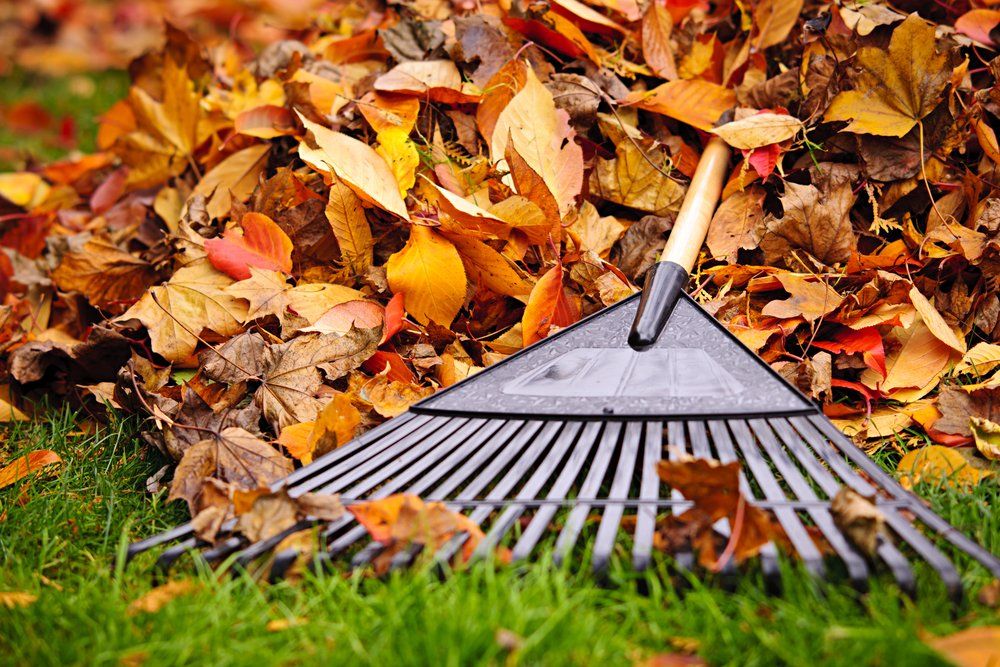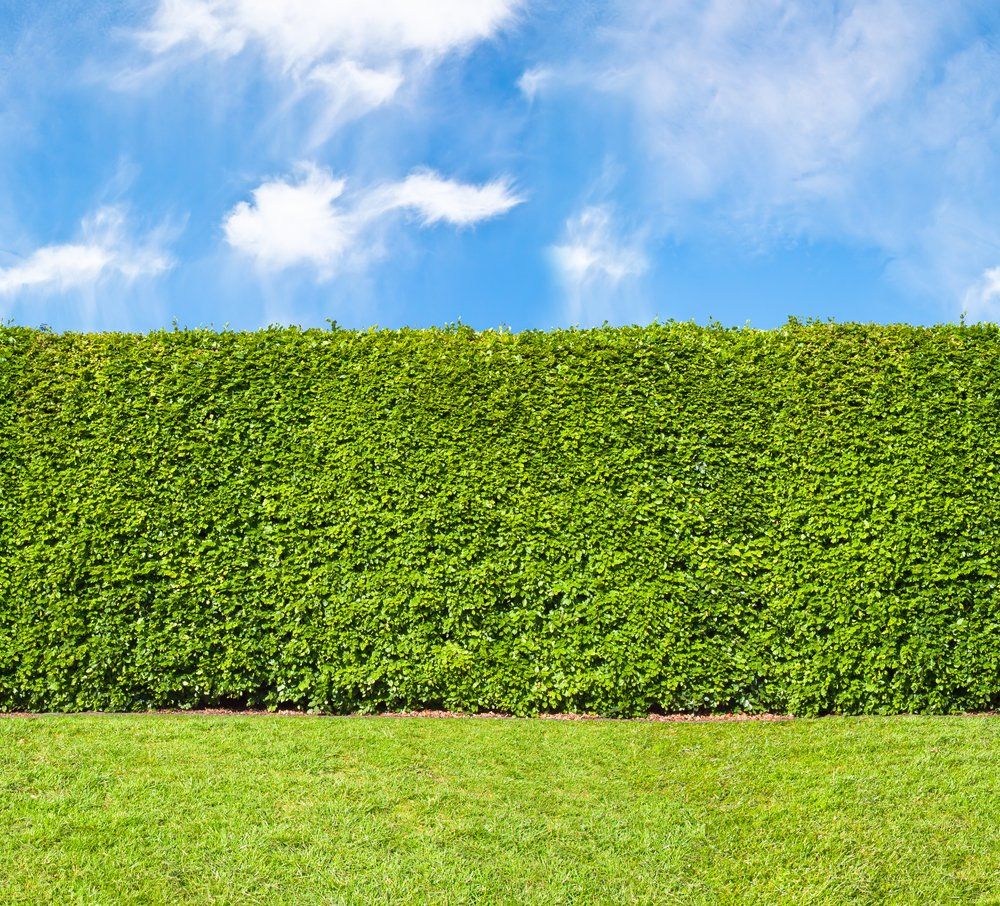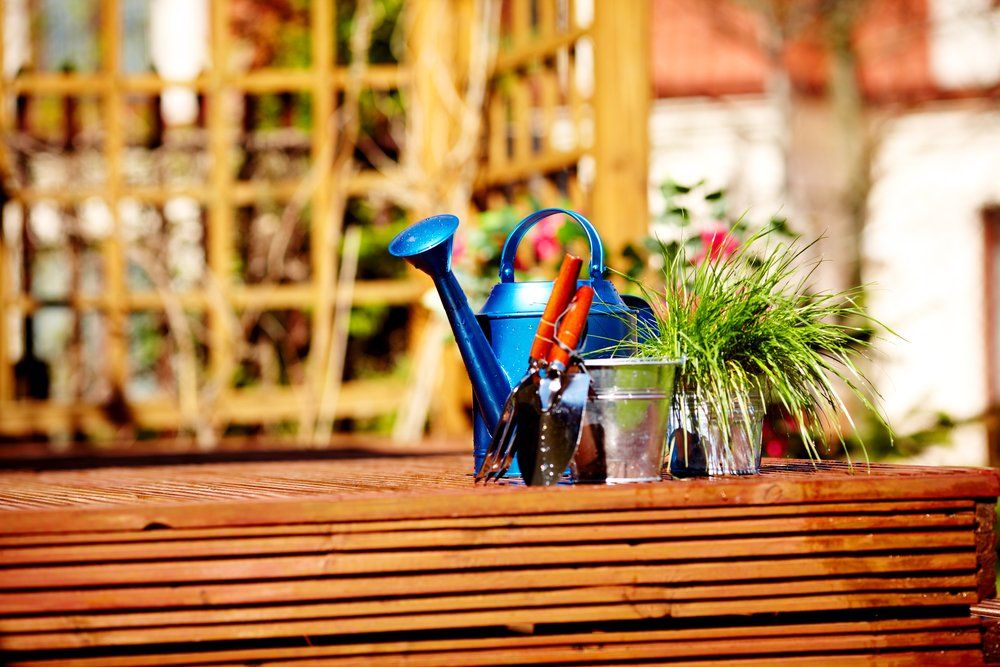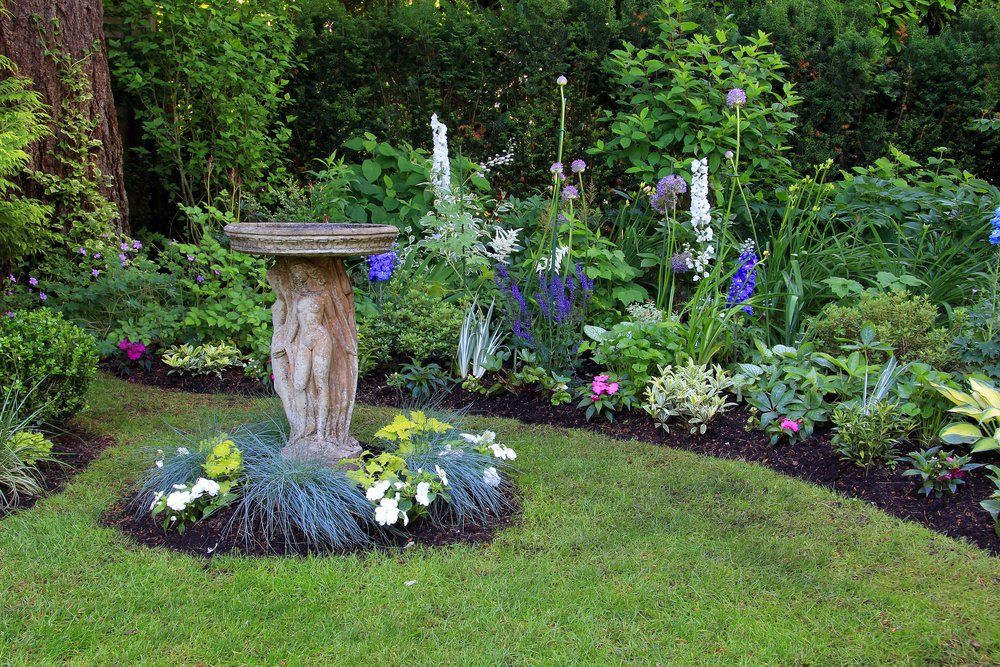Controlling Florida Weeds
Service Green • November 4, 2019
How to Control Weeds in LaBelle Florida
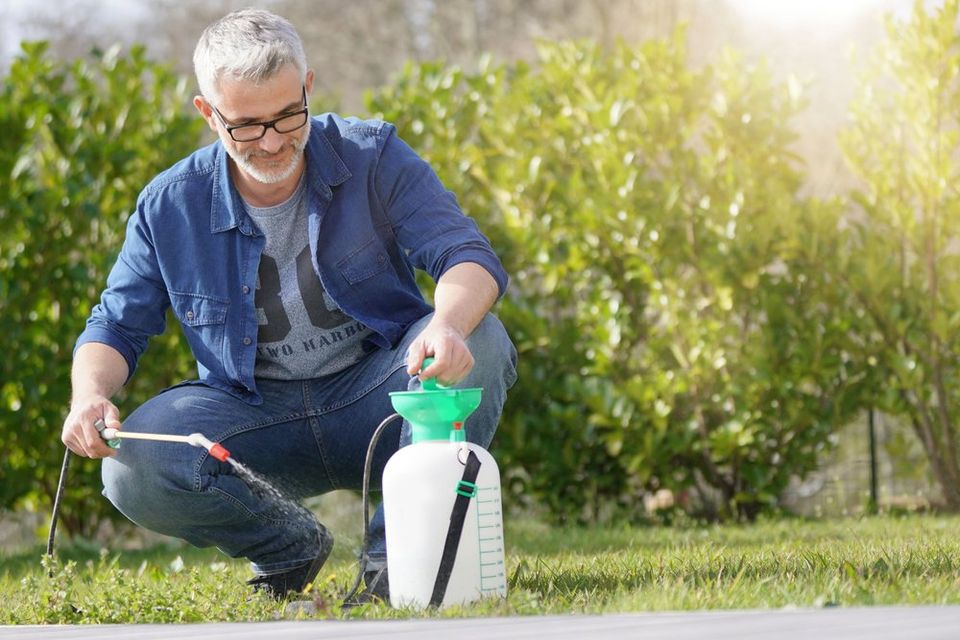
Florida weeds can be a real problem for any garden, but they can be controlled. Stick to a regular mowing schedule, pull them out by hand, or use herbicide. Pre-emergence herbicides
should be applied before the seeds germinate, while post-emergence herbicides are for after weeds emerge. Proper weed management generally involves using both kinds of herbicide.
Prevention is always better than the cure when it comes to weeds. The problem is that weeds can quickly set root and if you want to know how to control Florida weeds, you’ve likely already been hit with them. Contact us
in order to stay ahead of our Florida weeds
How to Control Weeds in Florida
The most common methods of weed control for Florida are removing them by hand, mowing, and using herbicides.
Keeping turf mowed regularly and to the right height can prevent weeds from growing. Keeping grass at the appropriate height (not too short) shades the soil. This prevents seed heads from germinating because they can’t access enough sunlight. Mowing weeds before they have the chance to create seed heads also minimizes their chance of spreading.
Removing weeds by hand only works when there aren’t many weeds to remove. You should be sure to remove the whole weed, including the roots. It’s the only way to ensure they don’t come back. Some weeds, including the Florida pusley weed, have to removed with a trowel so you can reach the whole root.
Herbicides are a kind of chemical designed to kill plants. Some of these herbicides work best at particular parts of the weed life cycle – such as herbicides for before weeds form seed heads.
All About Herbicides
Herbicides are available in four main types; nonselective, selective, systemic, and contact.
Nonselective herbicides
will kill any plant they hit. They aren’t to be used in regular lawns for anything other than spot treatments or to kill a patch of turf ahead of reseeding. Products like Finale (glufosinate), Roundup (glyphosate), and Reward (dilquat) are examples of nonselective herbicides.
Selective herbicides
are designed to kill specific weeds and plants without hurting other plants. They are used on laws to prevent turfgrass from being damaged while weeds are killed.
Systemic herbicides
are carried through the vascular system of a plant. They are effective at killing entire plants, including any underground parts like roots. Roundup, Image, Bonus S, Banvel, 4-D, and Segment 2 are systemic herbicides.
Contact herbicides
only kill the part of the plant that they come into contact with. The active ingredients don’t spread to the other parts of the plant. They are unable to kill underground aspects of plants. Finale, Reward, and Basagram (bentazon) are all contact herbicides.
Pre-Emergence and Post-Emergence Herbicides
In order to manage lawn weeds using herbicides, they should be applied at the right times in the year. Some of these herbicides are designed to kill weeds before they emerge, known as pre-emergence herbicides. Then there are the herbicides designed to kill weeds after they emerge from the ground, known as post-emergence herbicides. An effective weed management system is one that uses both kinds of herbicide.
The University of Florida Extension recommend that pre-emergence herbicides
should be applied by February 1 for South Florida, February 15 for Central Florida, and March 1 for North Florida. When the temperature reaches between 65 and 70 degrees and remains consistent for four or five days in a row, your garden is ready for pre-emergence herbicide.
Post-emergence herbicides
work best on fresh young weeds. Mature weeds are more resistant to chemicals and will require multiple applications.





